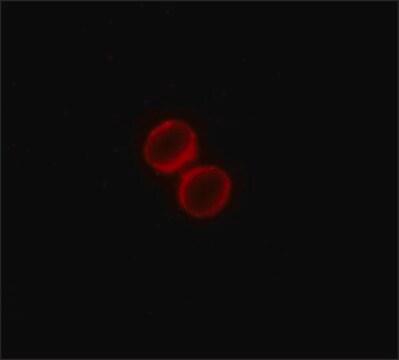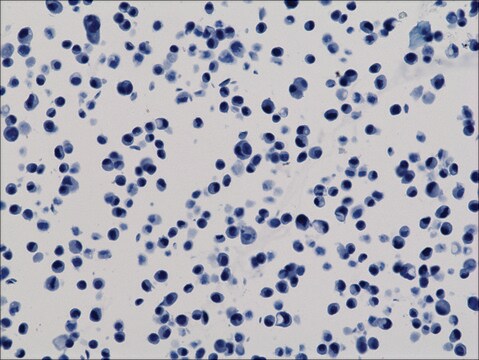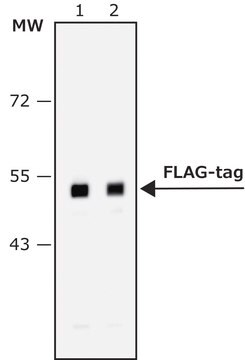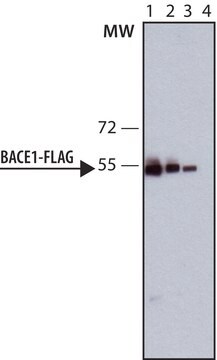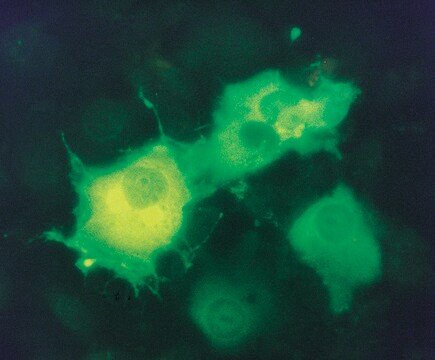SAB4301135
Anti-FLAG Tag antibody produced in rabbit
affinity isolated antibody
Synonym(s):
Anti-ddddk, Anti-dykddddk
About This Item
Recommended Products
biological source
rabbit
Quality Level
conjugate
unconjugated
antibody form
affinity isolated antibody
antibody product type
primary antibodies
clone
polyclonal
form
buffered aqueous solution
species reactivity
all
concentration
1.4 mg/mL
technique(s)
western blot: 1:1000-1:5000 (Cell Lysate)
isotype
IgG
immunogen sequence
DYKDDDDK conjugated to KLH (synthetic peptide)
shipped in
wet ice
storage temp.
−20°C
General description
Specificity
Immunogen
Application
- western blotting
- co-immunoprecipitation
- immunofluorescence studies
Western Blotting (1 paper)
Features and Benefits
Physical form
Legal Information
Disclaimer
Not finding the right product?
Try our Product Selector Tool.
Storage Class Code
10 - Combustible liquids
WGK
WGK 1
Flash Point(F)
Not applicable
Flash Point(C)
Not applicable
Choose from one of the most recent versions:
Certificates of Analysis (COA)
Don't see the Right Version?
If you require a particular version, you can look up a specific certificate by the Lot or Batch number.
Already Own This Product?
Find documentation for the products that you have recently purchased in the Document Library.
Customers Also Viewed
Our team of scientists has experience in all areas of research including Life Science, Material Science, Chemical Synthesis, Chromatography, Analytical and many others.
Contact Technical Service


